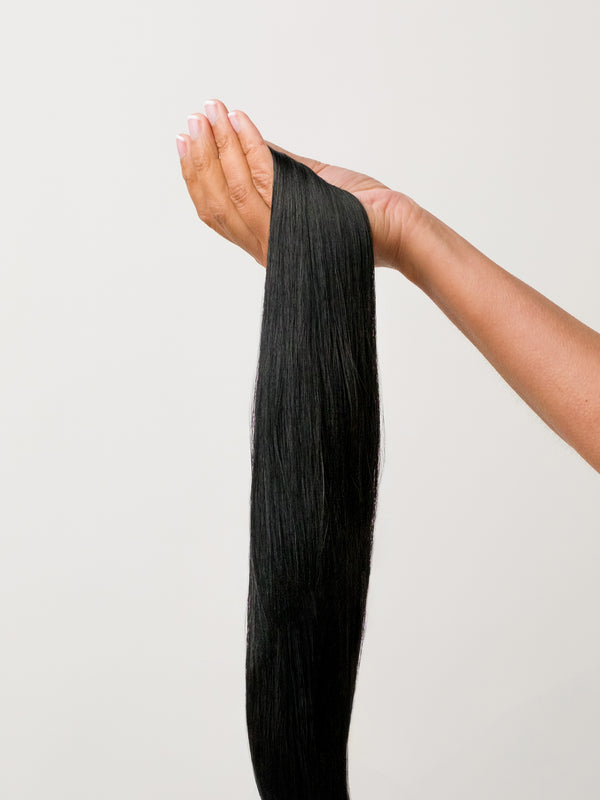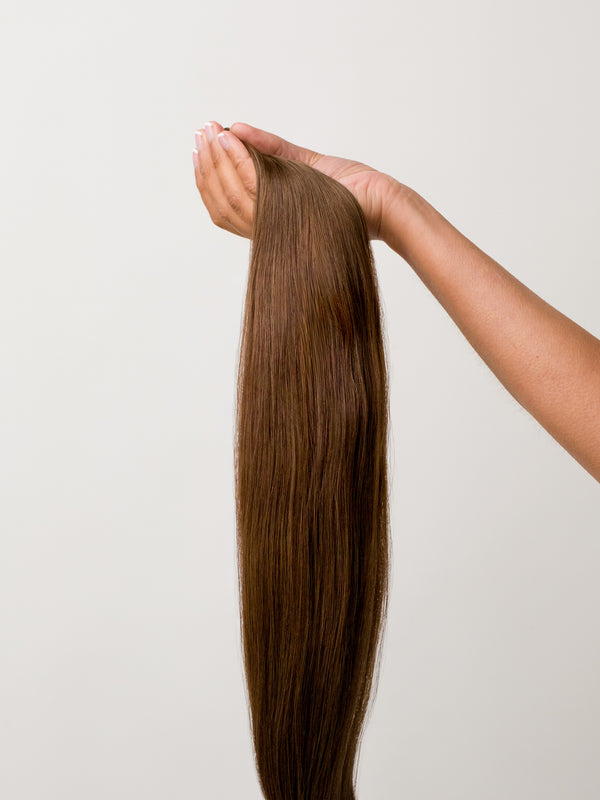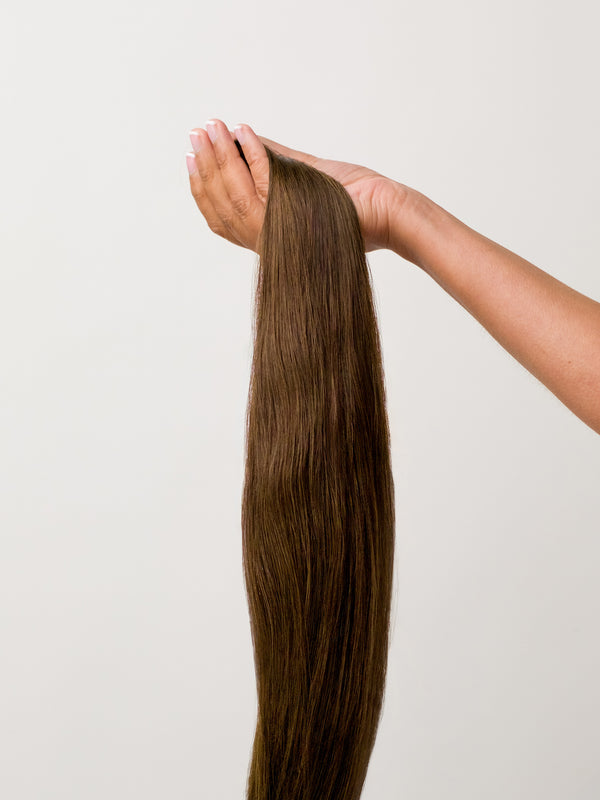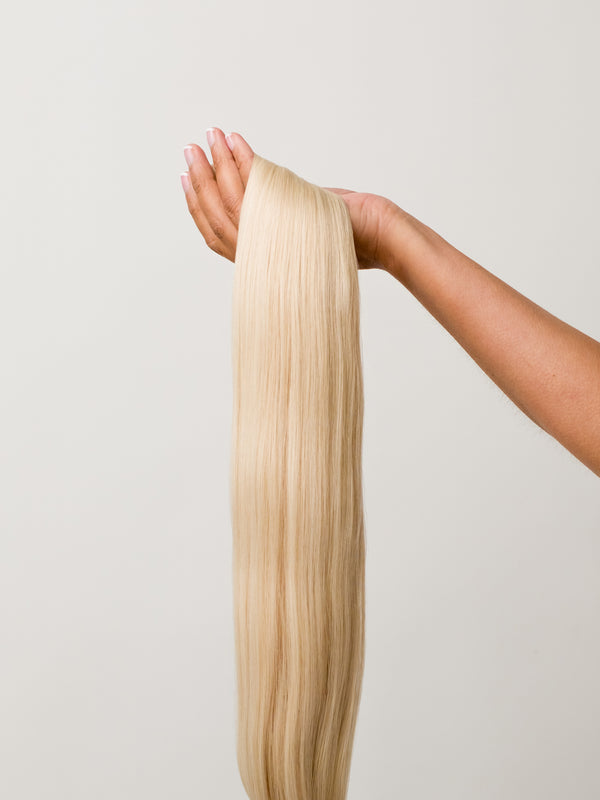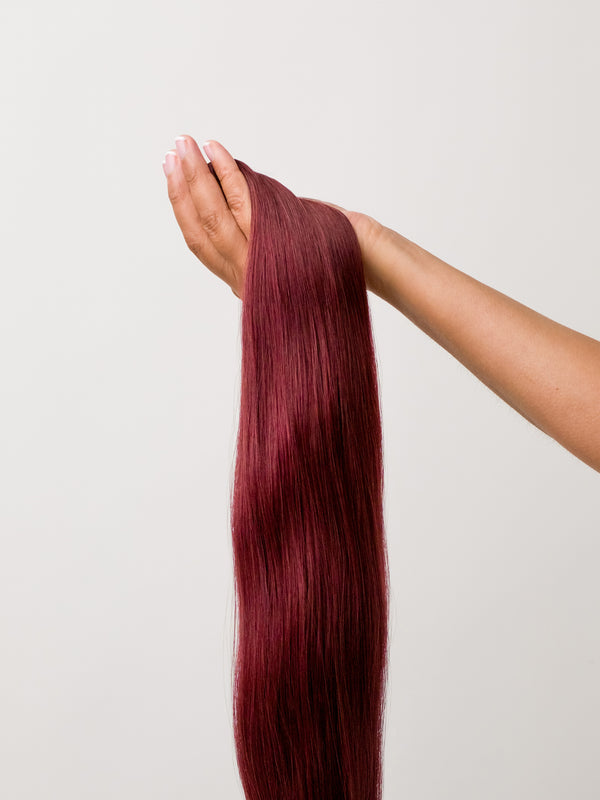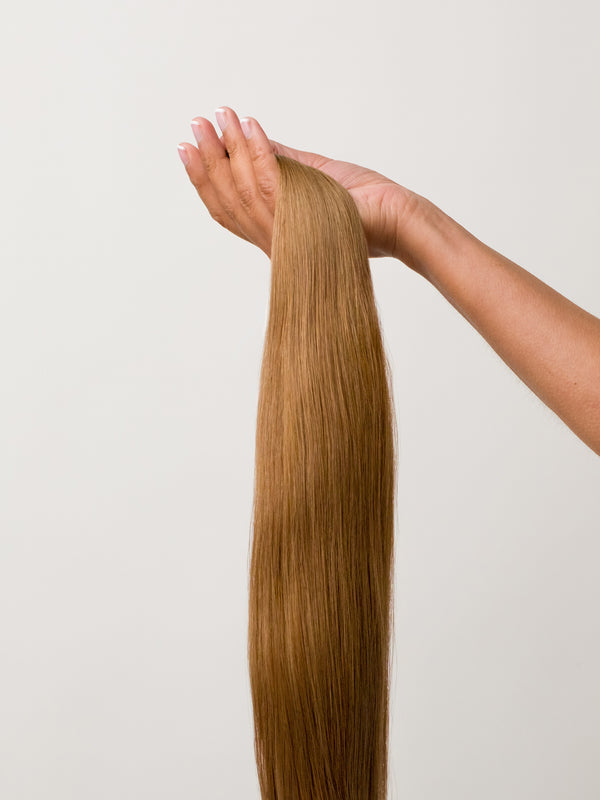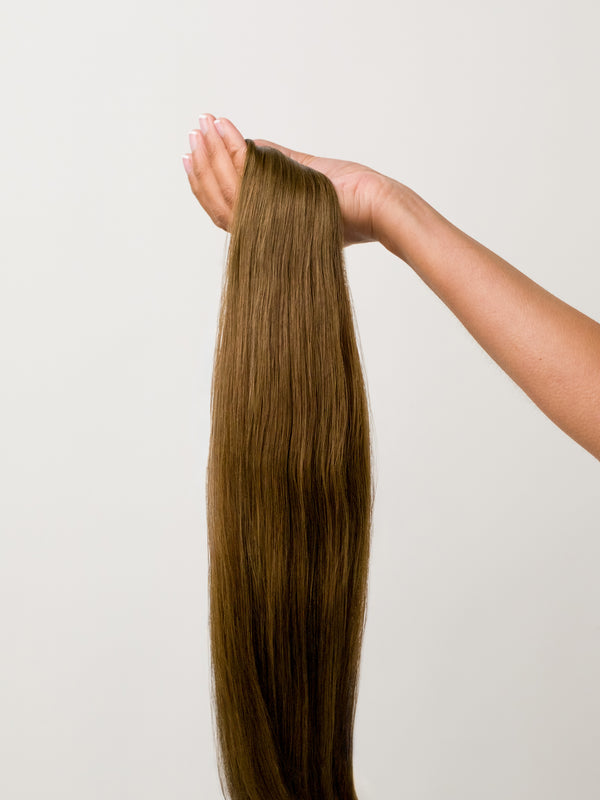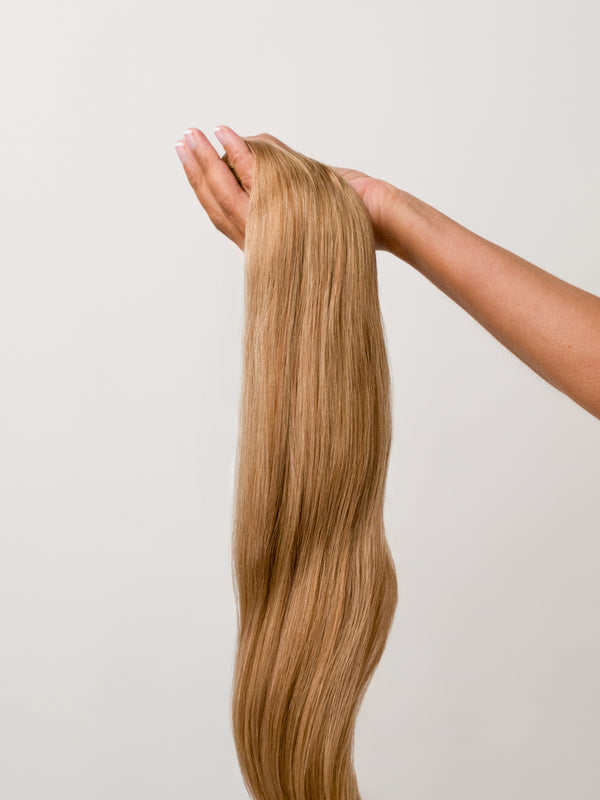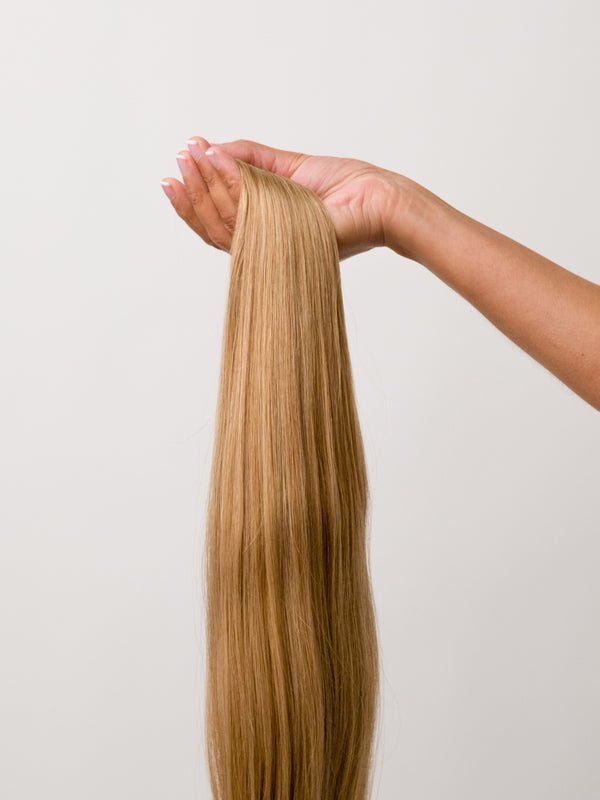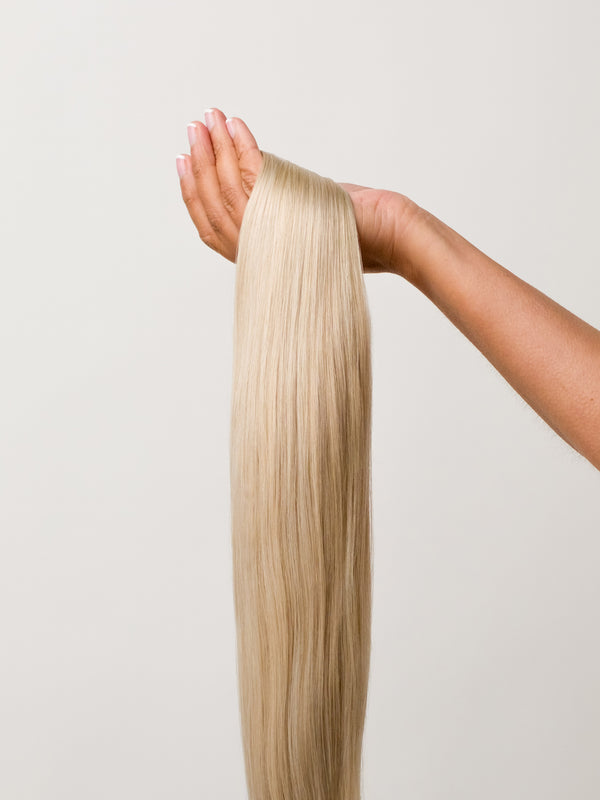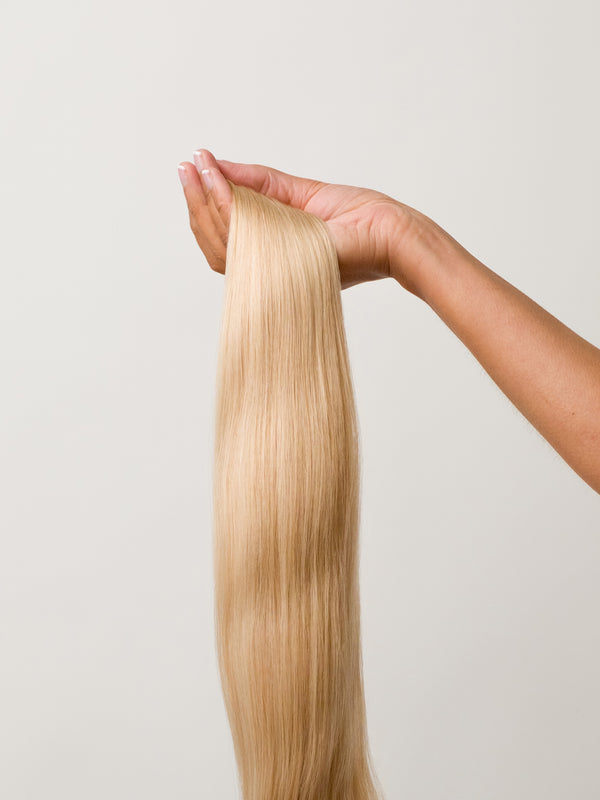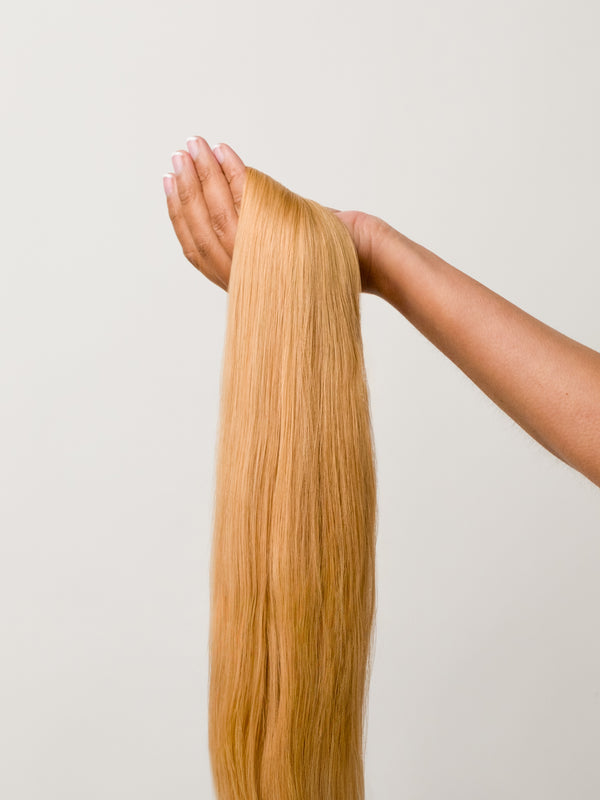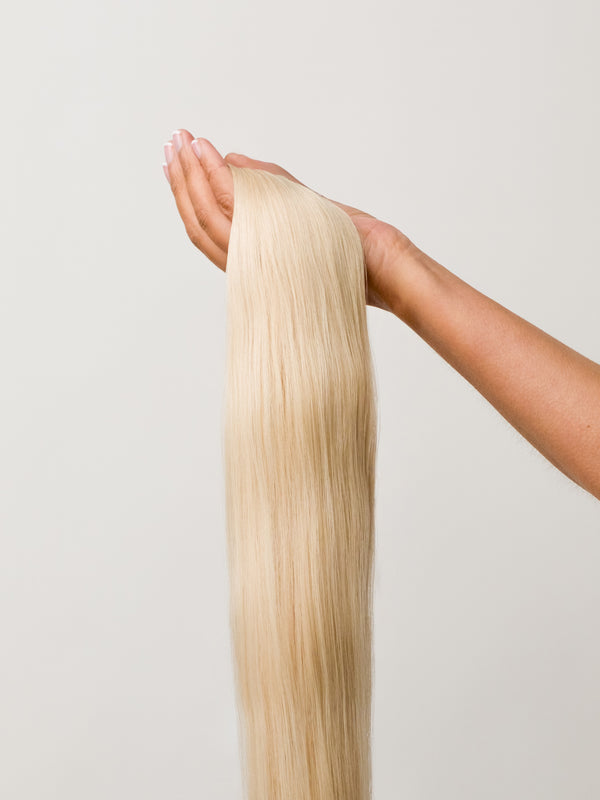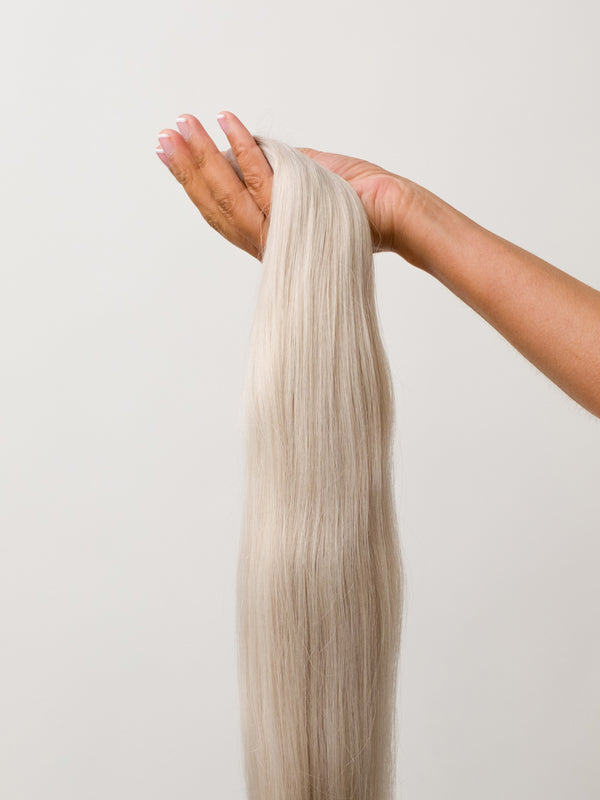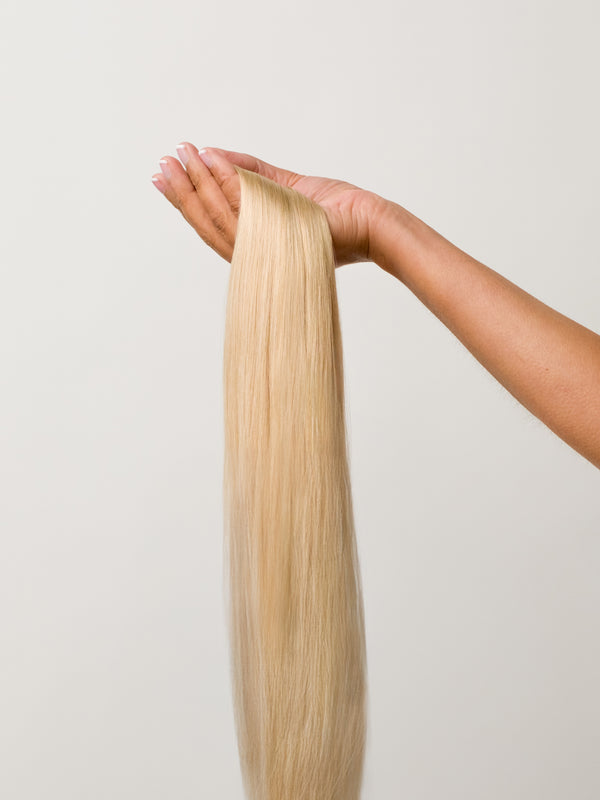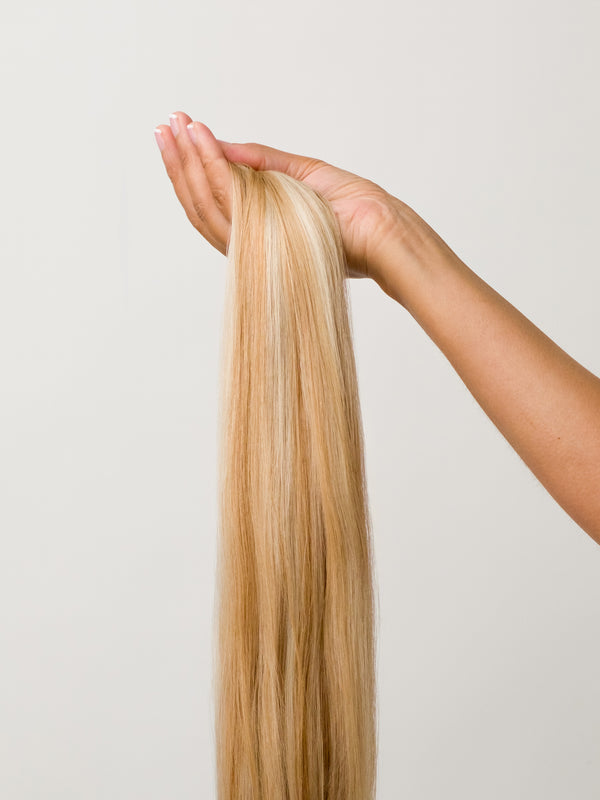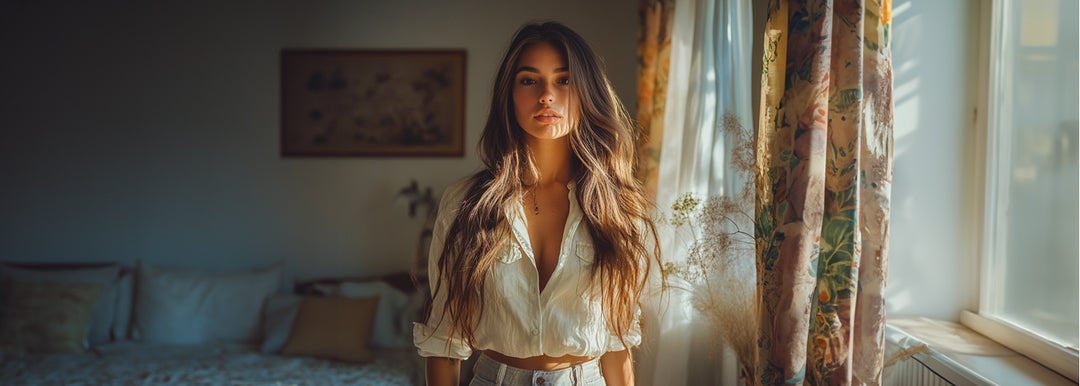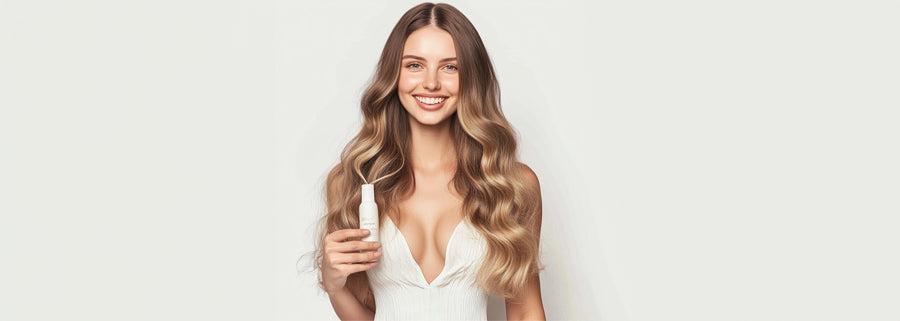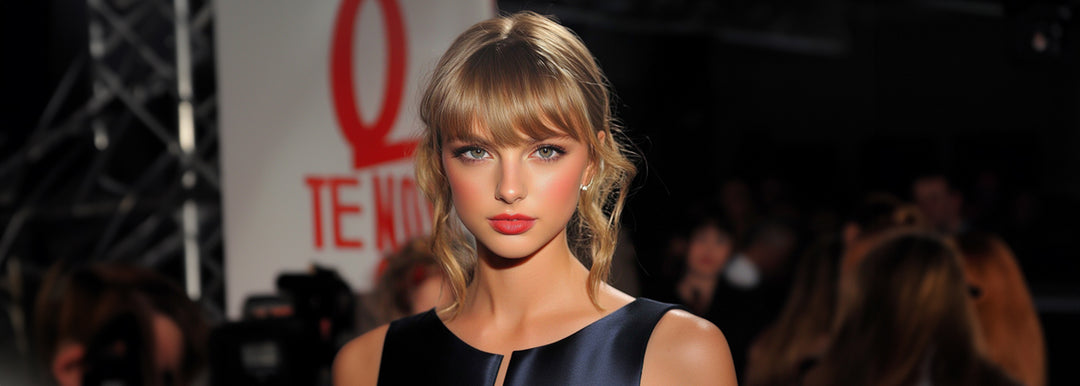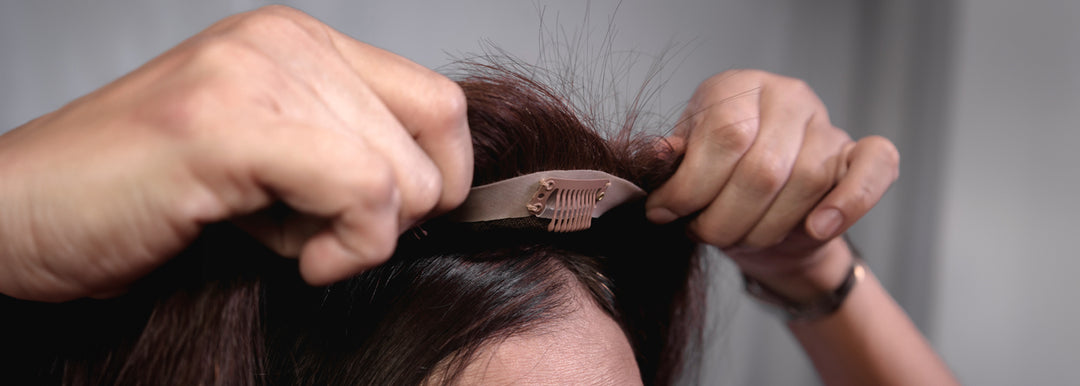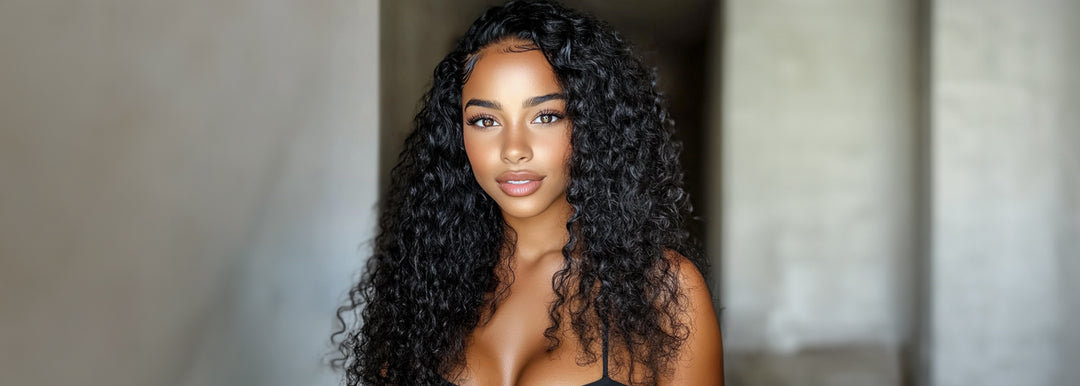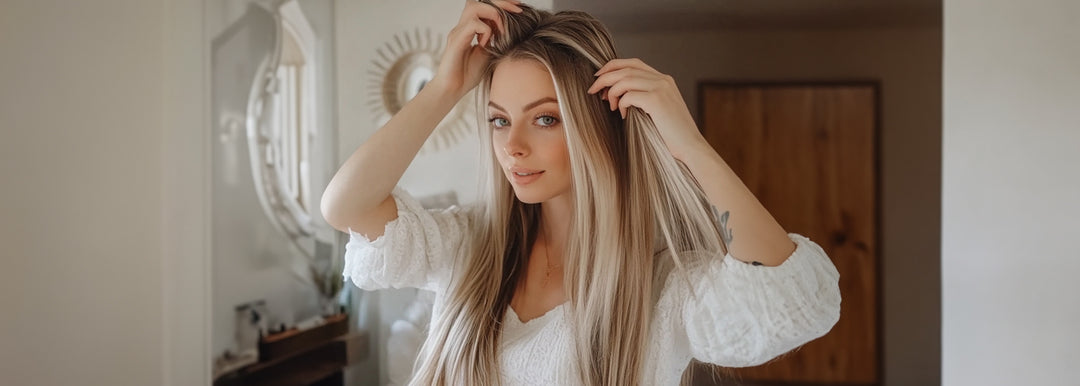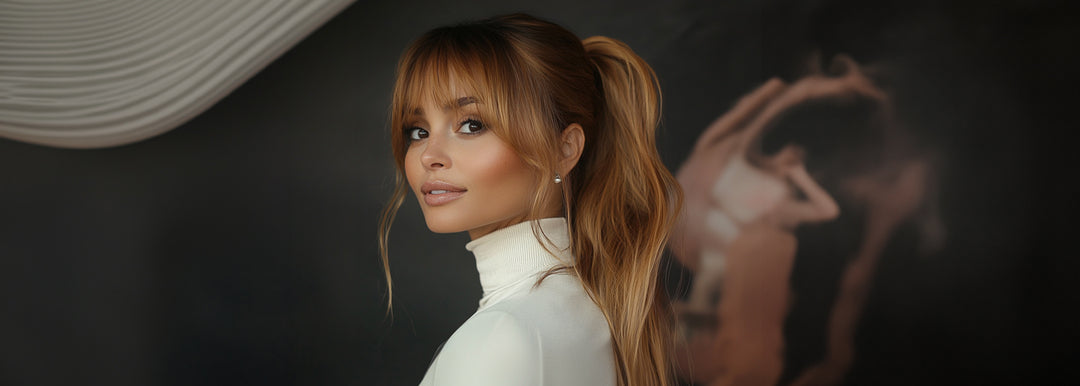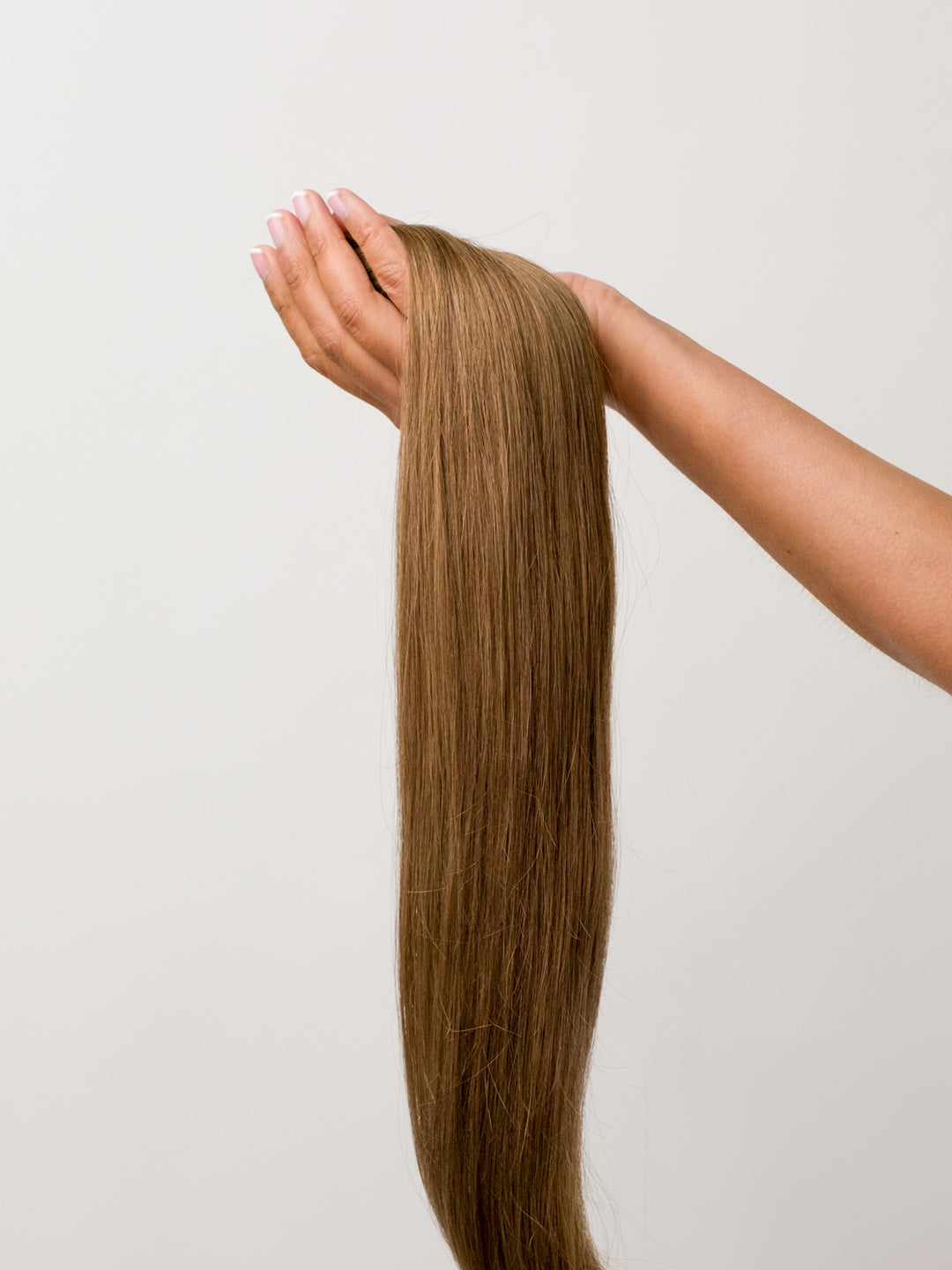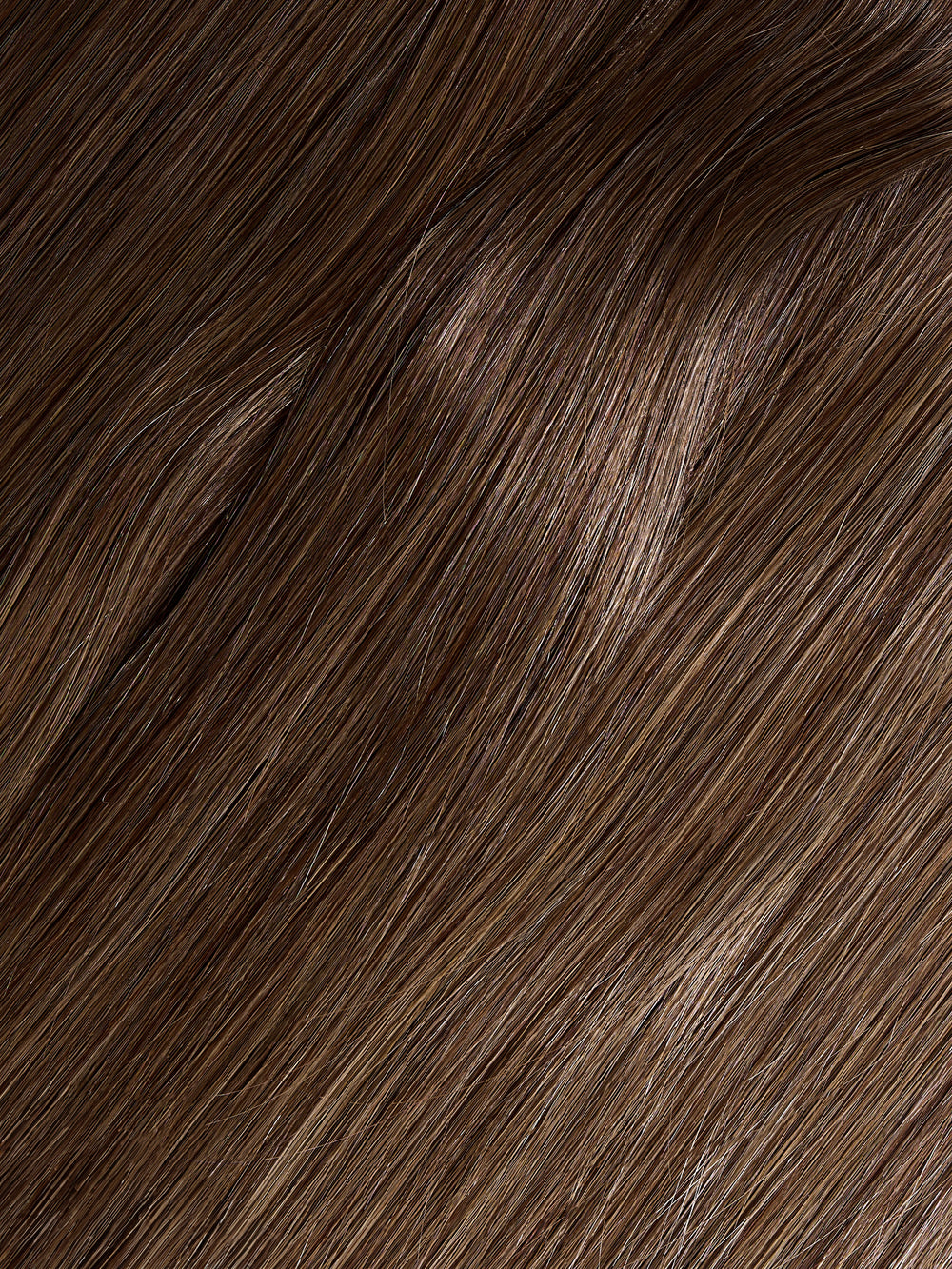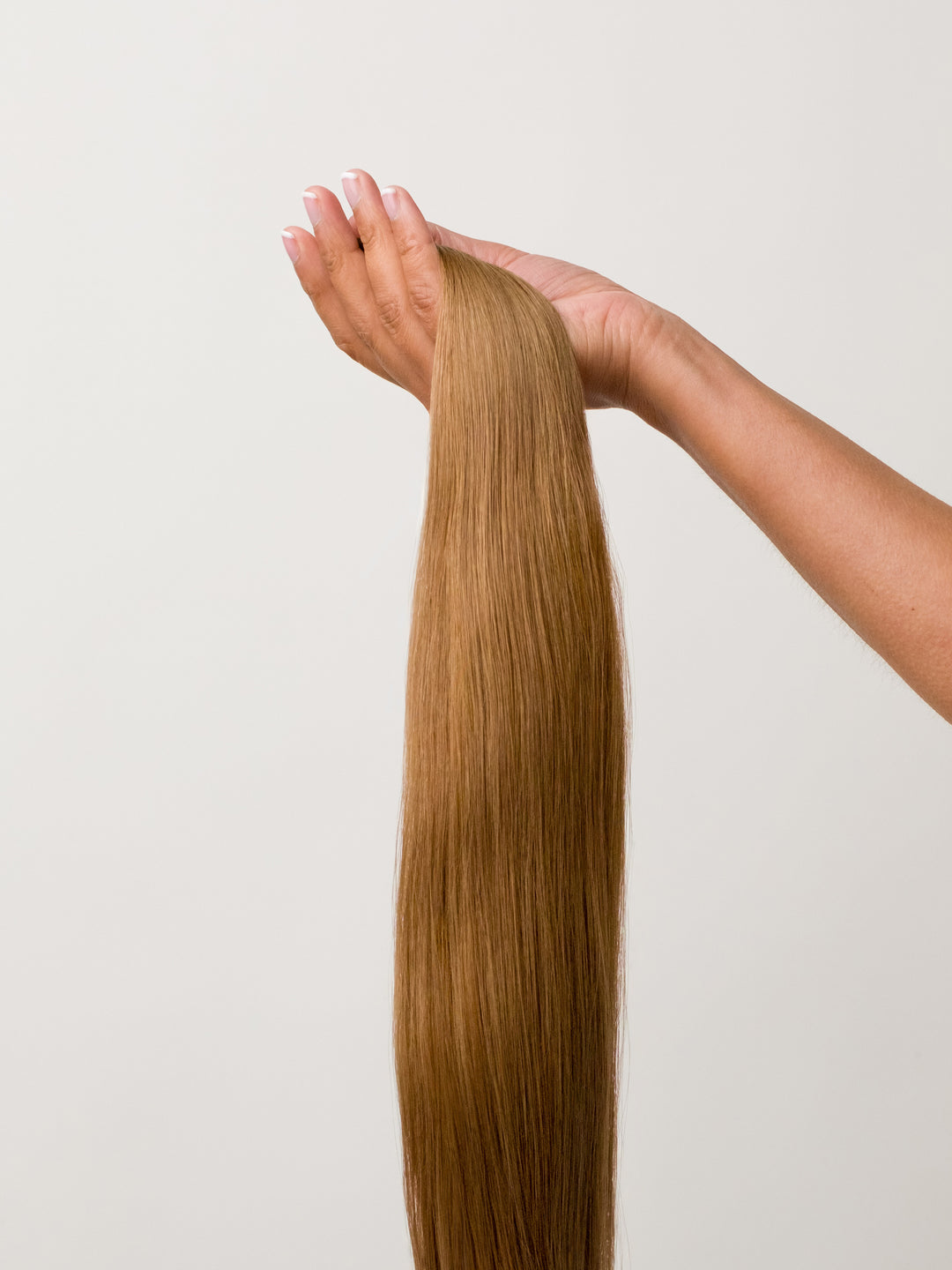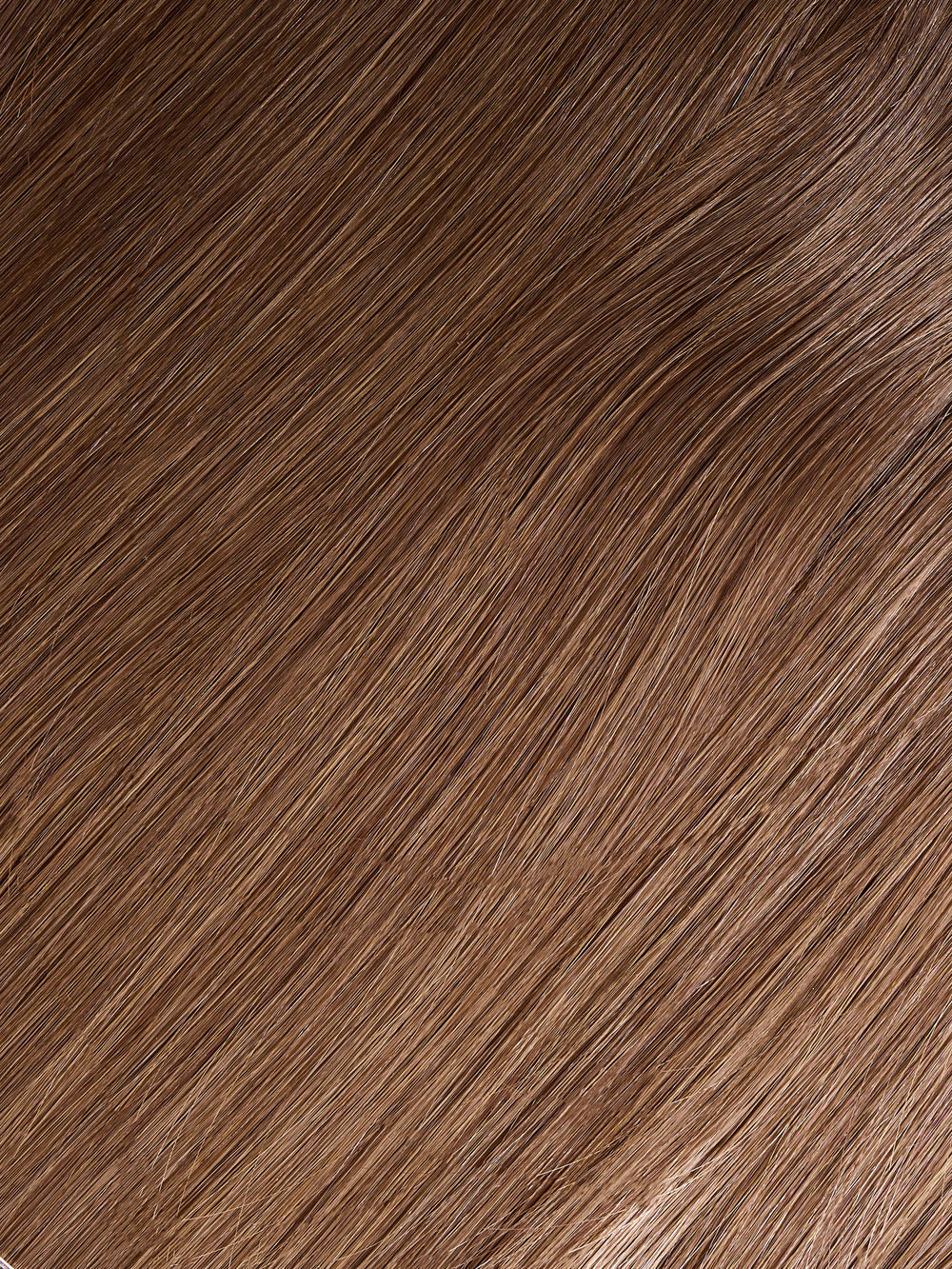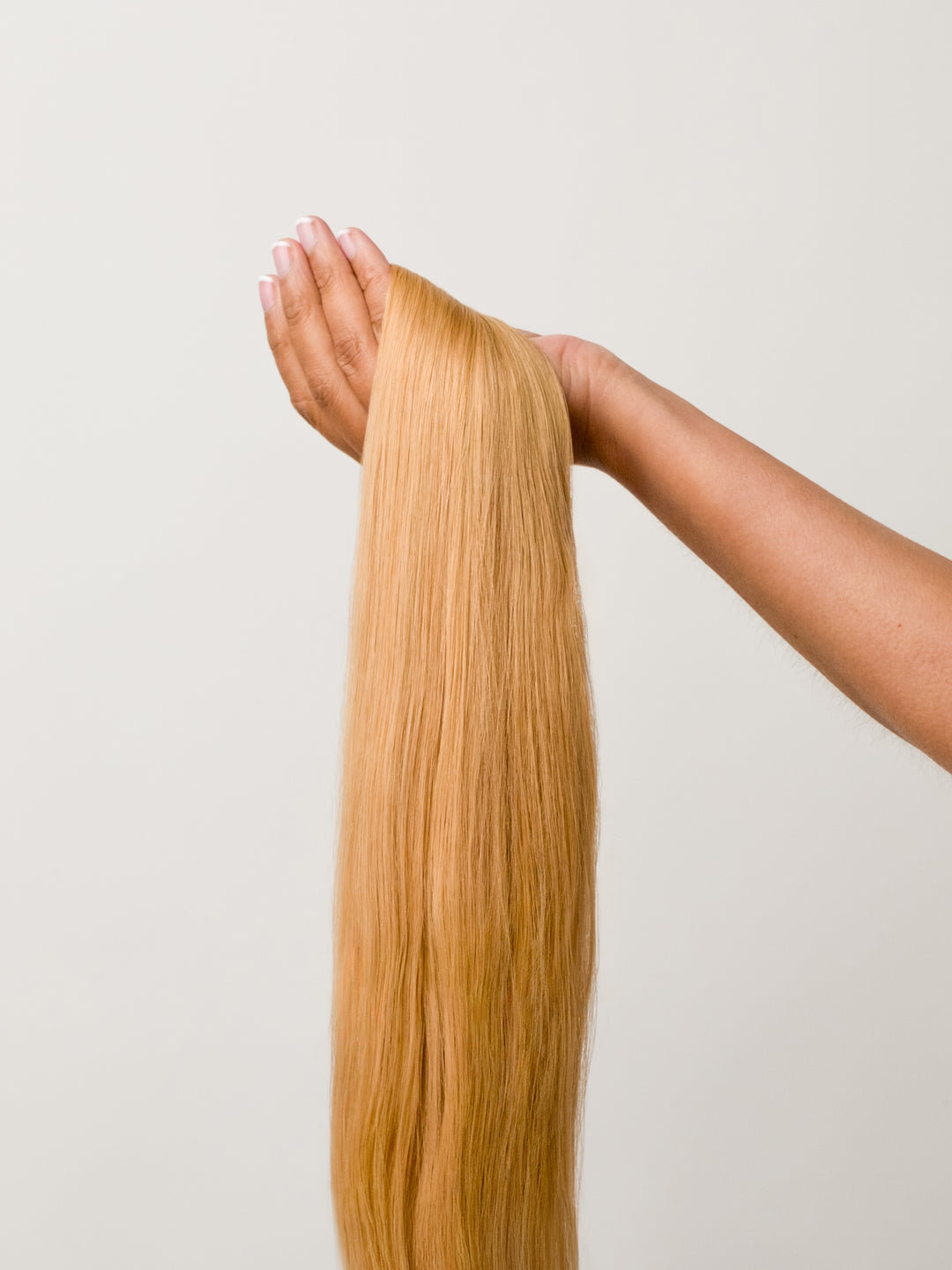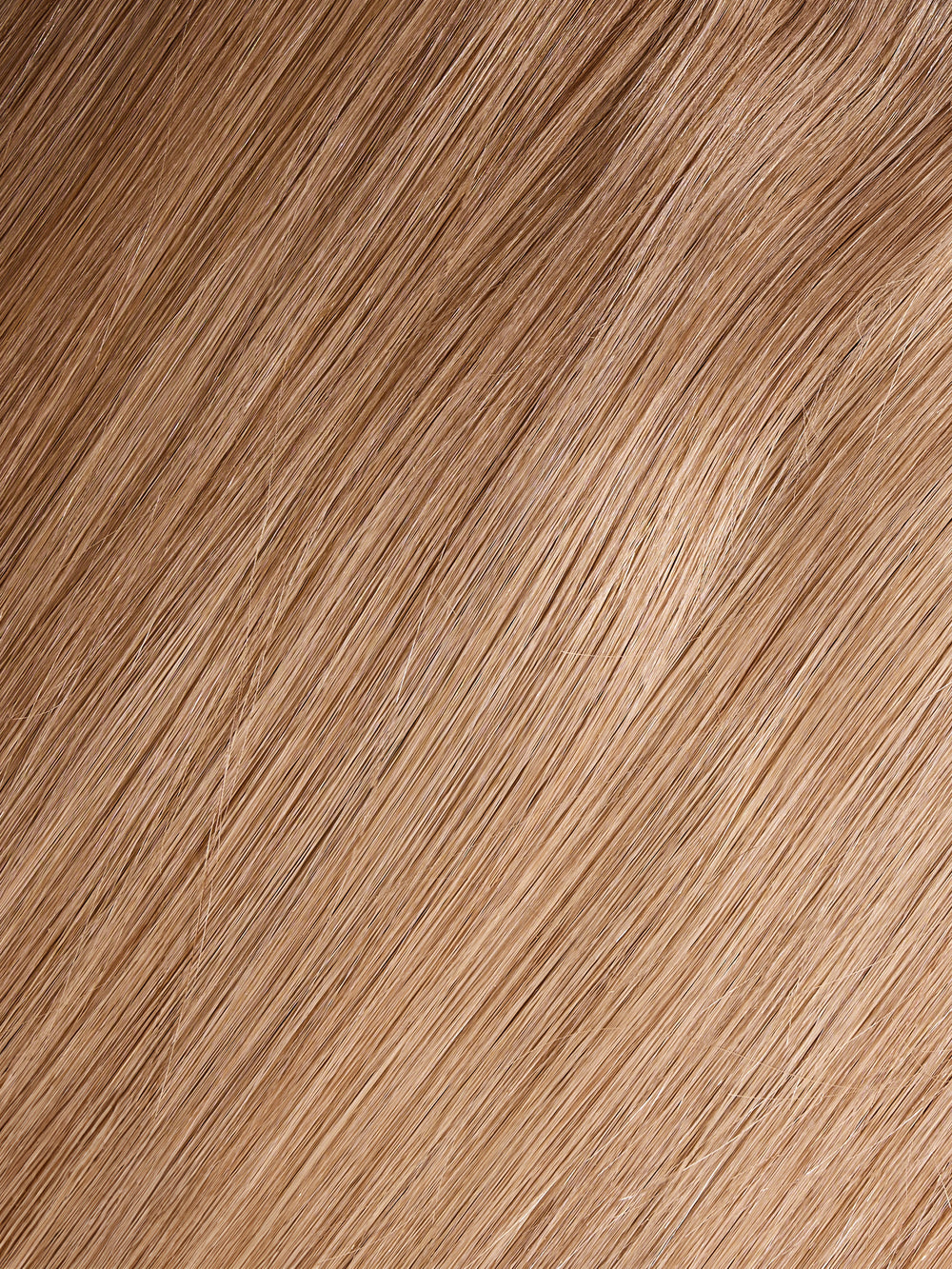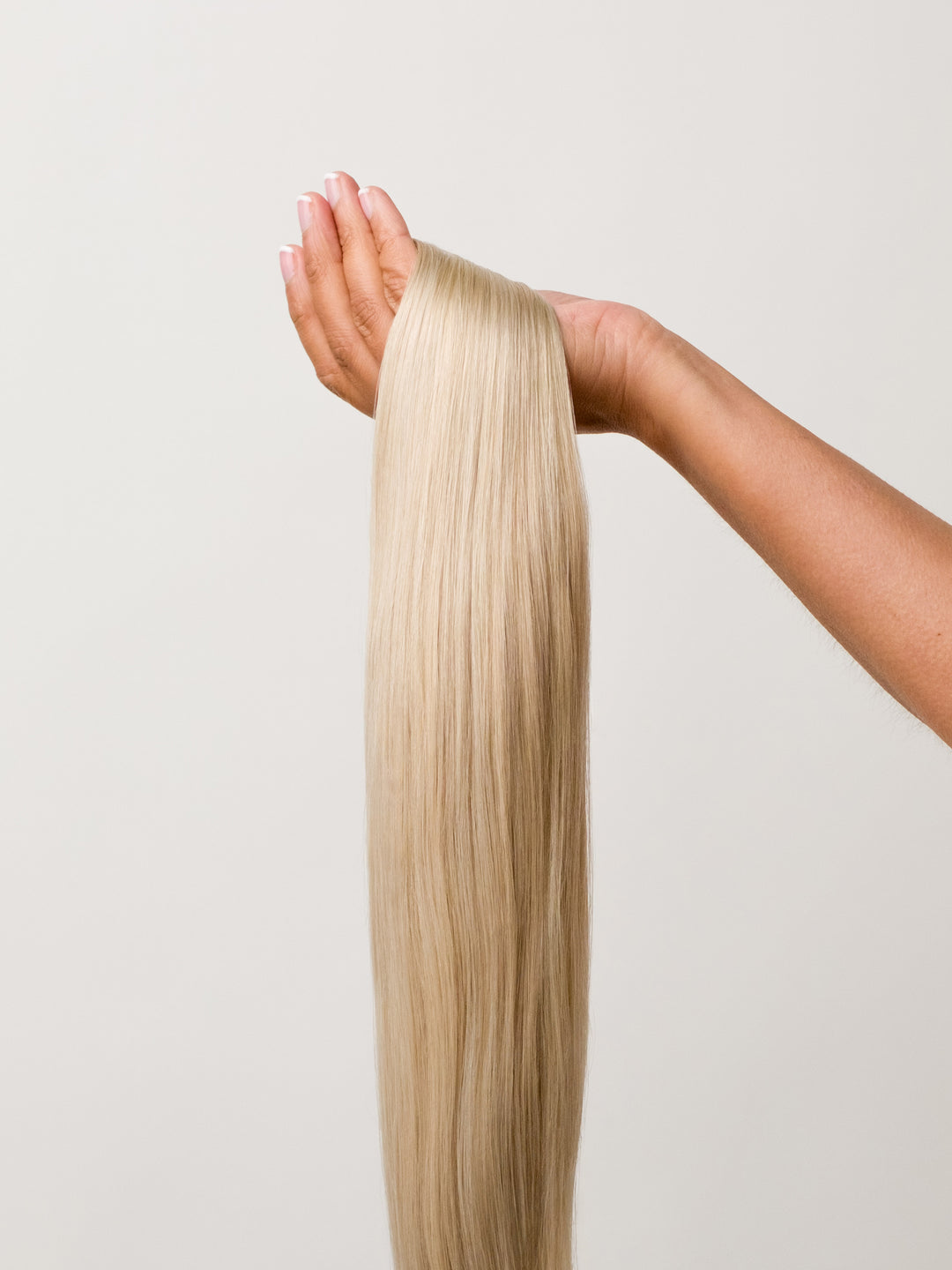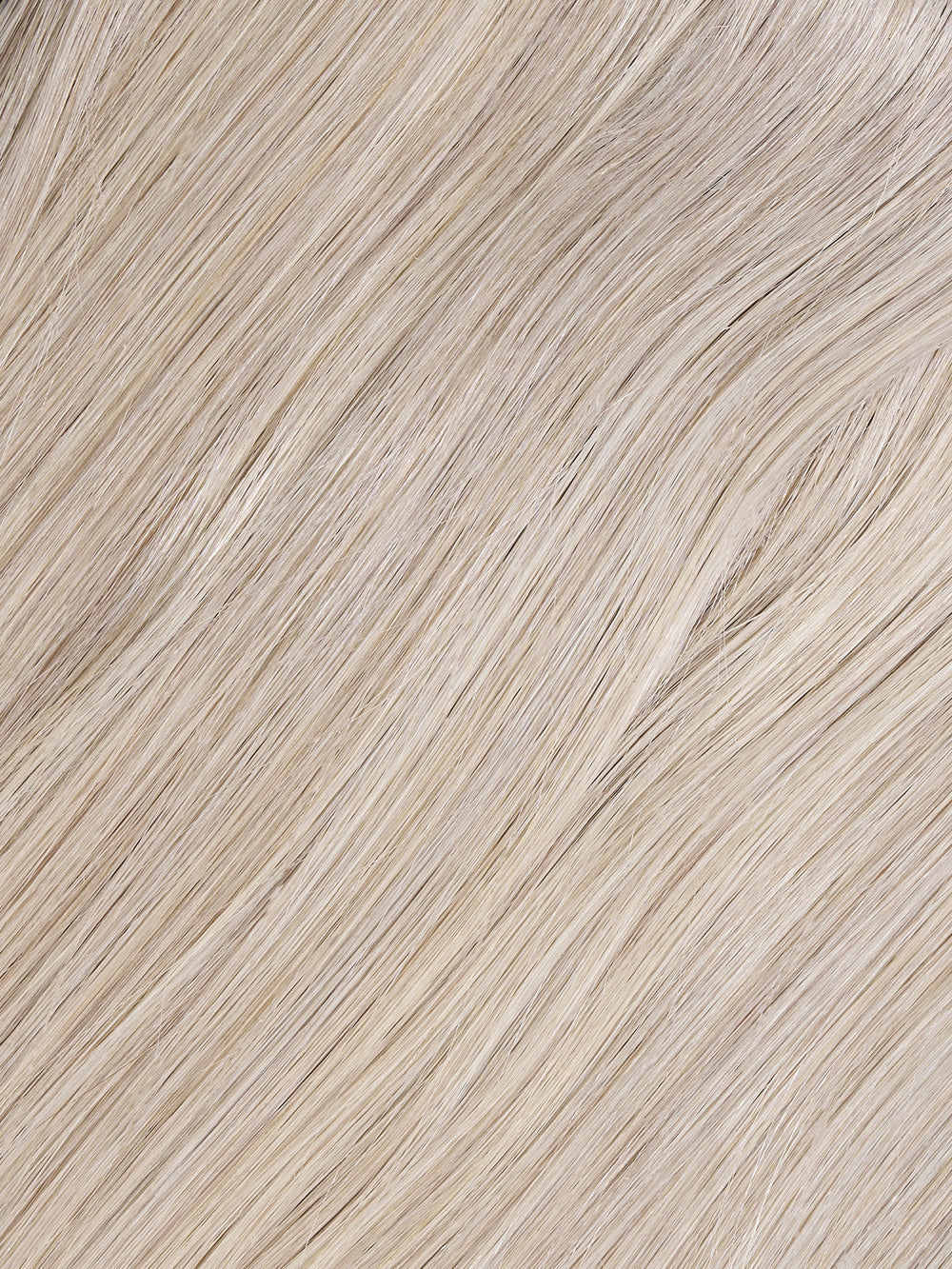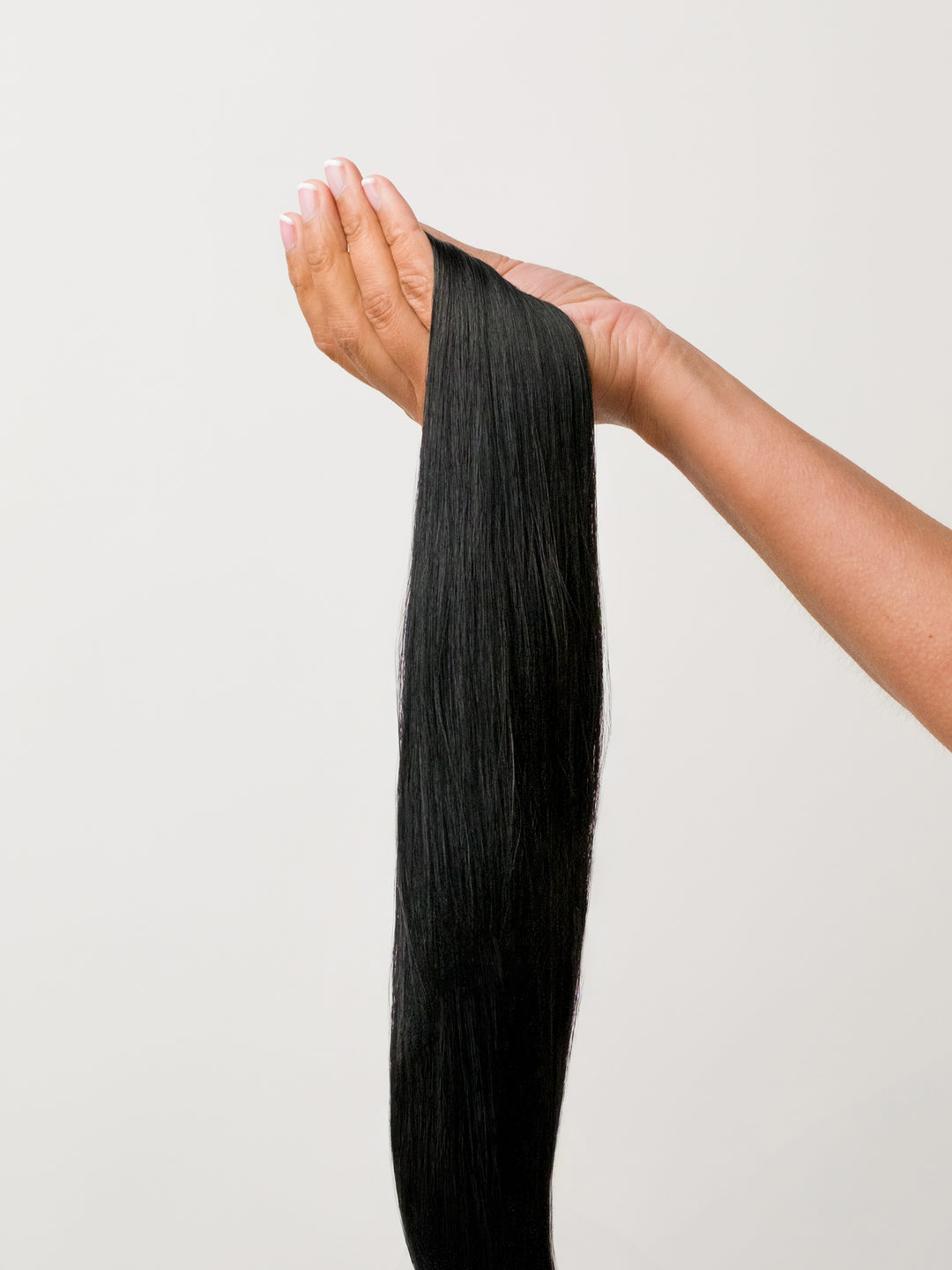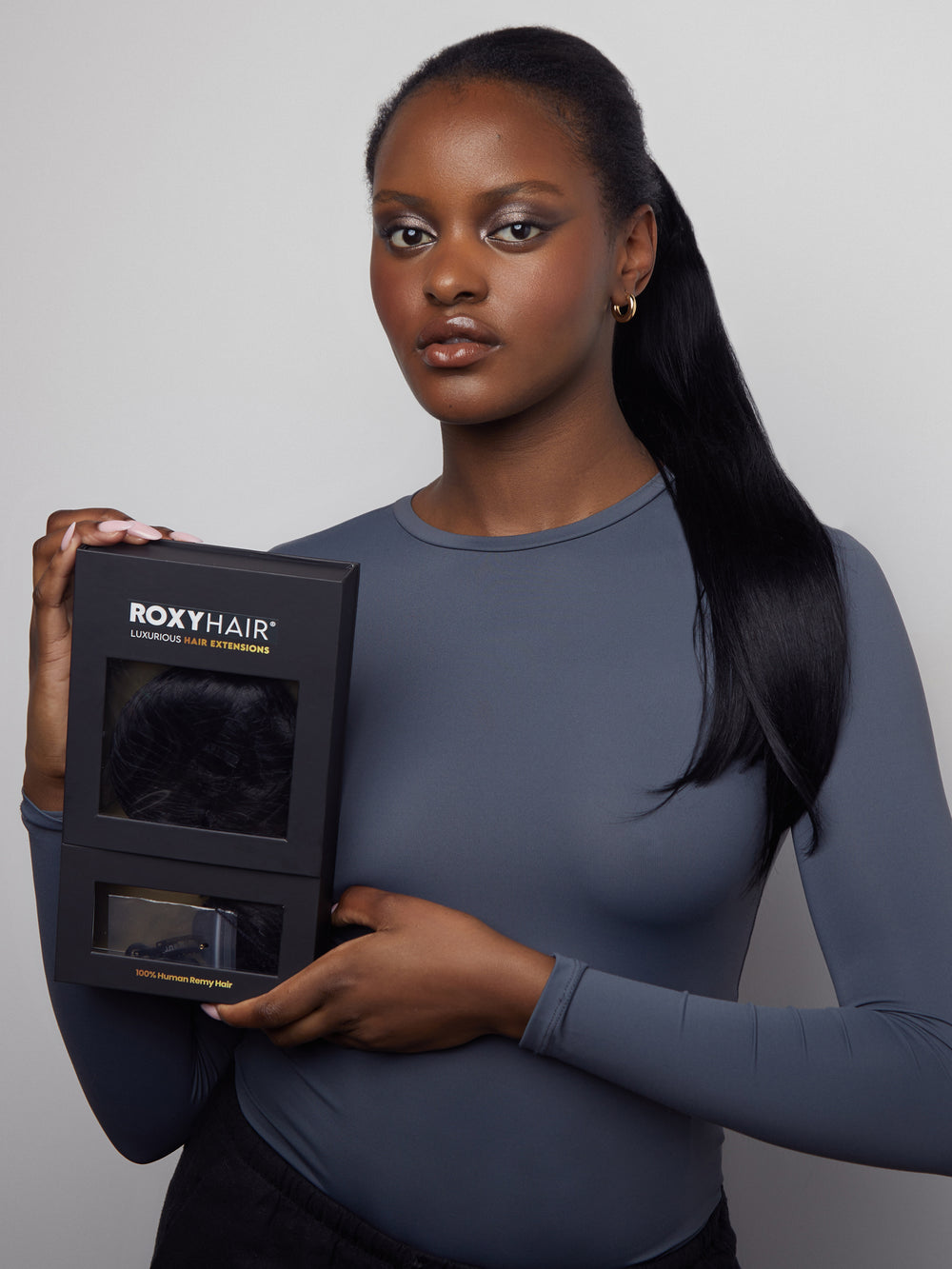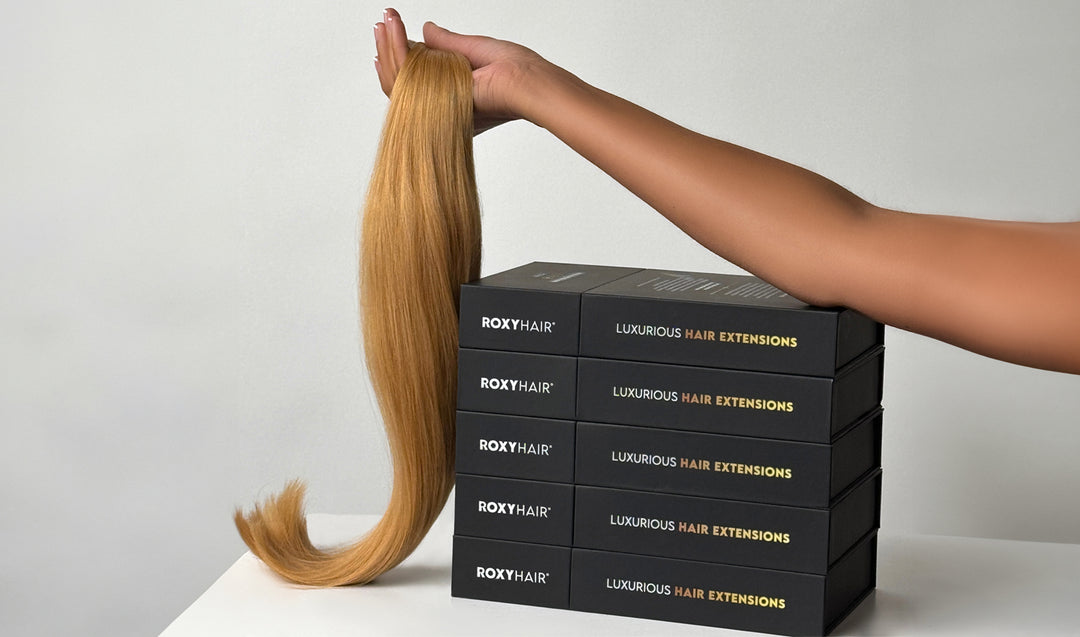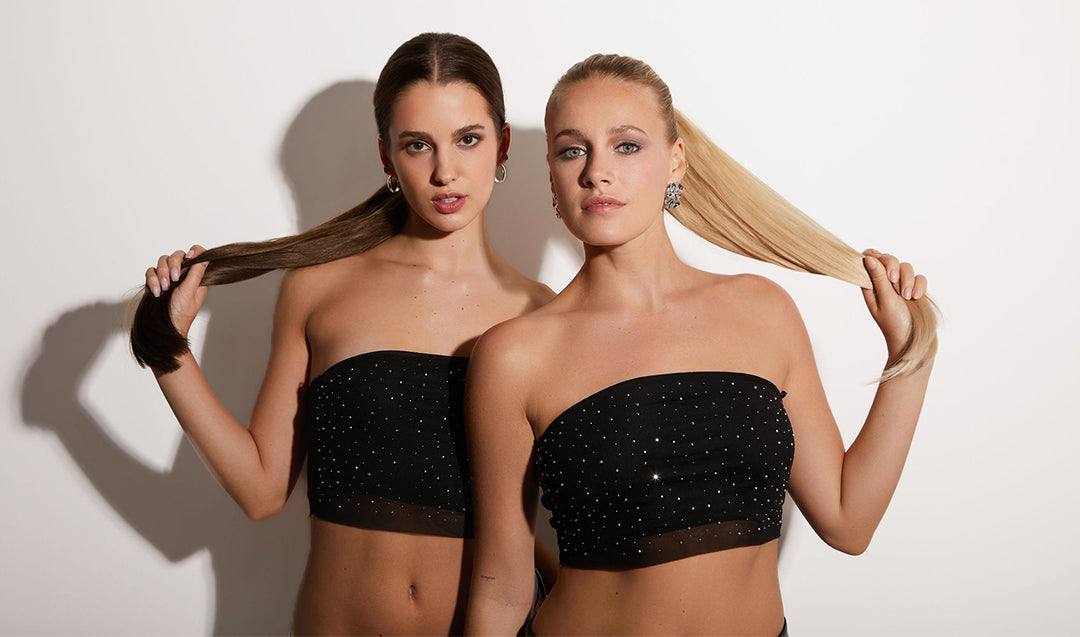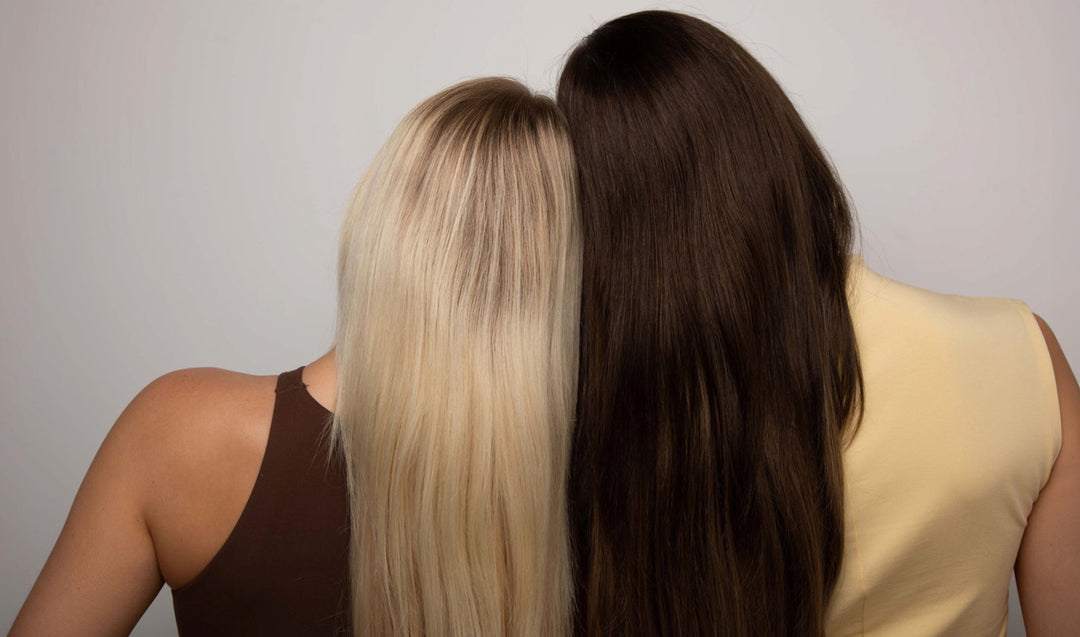You know what they say - a new hair cut is like getting a whole new look. With just a few snips, you can completely transform your vibe and step into the person you want to be. Ever stared at those long, gorgeous hair extensions of yours and thought about giving them a little makeover yourself? Cutting your own extensions might seem scary at first, but with the right know-how, you can totally freshen up your look without even leaving the house.
Think about how convenient that would be - changing up your extension length whenever you want, from the cozy comfort of your own place. No appointments, no hassle, no hitting the salon. This article is gonna walk you through it all step-by-step, with all the insider tips and tricks to make sure your cute new cut looks absolutely flawless.
Key Takeaways
-
Cutting your own extensions is possible with the right tools and technique
-
Prepare by getting sharp scissors, clips, a cape, and detangling extensions
-
Different cutting methods (slicing, point, blunt) give different looks
-
Go slow and be patient - rushing can make them look choppy and uneven
Preparing to Cut
Here's what you need before deciding to cut your own hair extensions:
Supplies:
-
Scissors: Get a good, sharp pair of hair-cutting scissors or hair shears. Dull ones can damage the extensions and make split ends.
-
Clips: Hair clips will help section off parts to make cutting easier.
-
Cape/towel: Use a cape or towel to catch loose hairs and keep things neat.
Detangling and brushing extensions:
-
This is really important! Brush out any tangles or knots first so they don't snag when you cut. Use a wide-tooth comb, start at the ends and work up.
Some other things that could help:
-
A full-length mirror so you can see the back while cutting.
-
A spray bottle with water to smooth down flyaways and make the extensions easier to work with.
-
A tail comb for separating sections to cut.
Cutting Techniques
Technique #1 - Slicing
This is a great way to add some shape and layers to the front of someone's hair. This is one of the techniques that blend hair extensions nicely with their real hair.
First, separate out the short layers of their natural hair. Hold that section between your fingers. Then, slowly cut diagonally into it with your scissors, keeping the blades open as you go. Keep slicing until you get the layered look you want.
Technique #2 - Point Cutting Technique
This point cut technique is super popular now. Instead of cutting straight across of the human hair extensions, you cut at different angles and points. This removes any harsh lines and adds softness and texture. It creates a nice layered, face-framing look. Stylists often use point cutting for long bobs and textured pixie cuts.
Technique #3 - Slithering
Similar to slicing, this gets rid of bulkiness by cutting the extensions and real hair at an angle to blend them together smoothly. Separate a small section holding both the extensions and natural hair. Then use little snipping motions at an angle into that section with your scissors.
This technique removes any obvious line between the extensions and real thick hair. It's pretty tricky though, so it's best left to an experienced professional stylist.
Technique #4 - Blunt Cutting
Use this to clean up any uneven blunt lines or wispy ends once you've added your layers and texture. Comb all the hair forward. Slide your hand down to where you want to start trimming. Then cut straight across for a blunt line. Or, use point cutting here for a textured look.
Technique #5 - Texturizing
If your client's hair already has some texture or layers, you'll want to match that with the extensions. If you're layering hair extensions, take a thin, vertical section of the extensions and use thinning shears to remove bulk and add texture. Don't cut too much though, or the extensions could look stringy.
Technique #6 - Refining and Blending Hair Extensions
After the initial cut, unclip the natural hair and blend it with the extensions by combing through. Check for any harsh lines or unevenness and refine as needed to get a smooth transition between the real hair and extensions. Use a texturizing razor or blending shears if needed to blend the layers nicely.
Shop Roxy Hair
Maintenance
Here are some easy tips and tricks to keep your extensions looking amazing:
-
Use the Right Shampoo & Conditioner- don't just use whatever's in the shower - get products made for extensions. Look for a shampoo, conditioner, and hair mask without bad stuff like sulfates and parabens. They'll deeply moisturize your real hair and extensions, leaving them soft, shiny, and easy to manage.
-
Get Regular Trims, as your hair grows, get a trim every once in a while to freshen up the ends. Do this for both your real hair and the extensions. Getting a dusting is also a great way to get rid of annoying flyaways while keeping your hair healthy.
-
Keep Up With Appointments - make sure to book regular appointments for your extensions. If you let the roots get overgrown or the extensions start slipping, your whole look can end up tangled, matted, dry, and damaged.
-
Protect from Heat - always use a good heat protectant before styling. Look for one that shields your clip in hair extensions from heat damage while actually repairing and strengthening the strands.
Tips and Tricks
To keep the length even, hold the hair flat with no lift and don't pull it tight. Just comb it and let it fall naturally while holding the section between your fingers.
When cutting length off, avoid diagonal or blunt cuts as that will remove too much hair at once. It's better to split the hair in half at the nape and bring each half over the shoulders. Use vertical point cutting to trim to the desired length on both sides. Once the hair falls across the back, you'll get that natural "V" shape with soft, airy ends from the point cutting.
For layering, slide cutting is a go-to method for many stylists. Or some prefer using the scissors' base to make small, diagonal downward cuts instead of dragging the blades. This gives nice face-framing and more control to blend perfectly by cutting just what's needed. If adding more layers, work up from there but avoid going as short as the natural hair.
Removing bulk is also important. To take out some weight, hold scissors slightly open at a 90 degree angle and make little upward and downward cuts along a section. This thins it out to reduce density while leaving an airy, blended texture - without adding a bunch of layers.
Summary
Cutting your hair extensions at home can be a liberating experience, allowing you to experiment with new styles and looks without breaking the bank. With this article as your guide, you can totally rock some fresh new looks by blending your regular hair with those fabulous Roxy Hair clip-in extensions you've got.
The key is to take your time and follow the steps carefully. Don't rush it, boo. With a little practice, you'll get the hang of it and your extensions will look seamless with your natural hair. It's all about being patient and using the right tools.
Before you know it, you'll be a total pro at DIY hair extensions! How empowering is that?
Frequently Asked Questions (FAQs)
Is it really okay for me to cut my hair extensions myself?
Yes, you can trim extensions at home if you follow proper techniques.
How often should I be cutting my extensions?
Give them a minor trim every 6-8 weeks. A more significant cut may only be needed every 3-4 months.
What are some tips for cutting hair extensions successfully at home?
Make sure to use very sharp haircutting shears, work in small sections, and take your time.
Help! I cut my extensions way too short by accident. What can I do?
Intentionally cutting natural hair or extensions into a short bob/lob style to even it out. Or remove the short thin hair pieces and get new extensions installed.
What scissors should I use to cut extensions and natural hair?
Use very sharp haircutting/styling scissors or shears specifically for cutting hair extensions. Avoid dull scissors.





